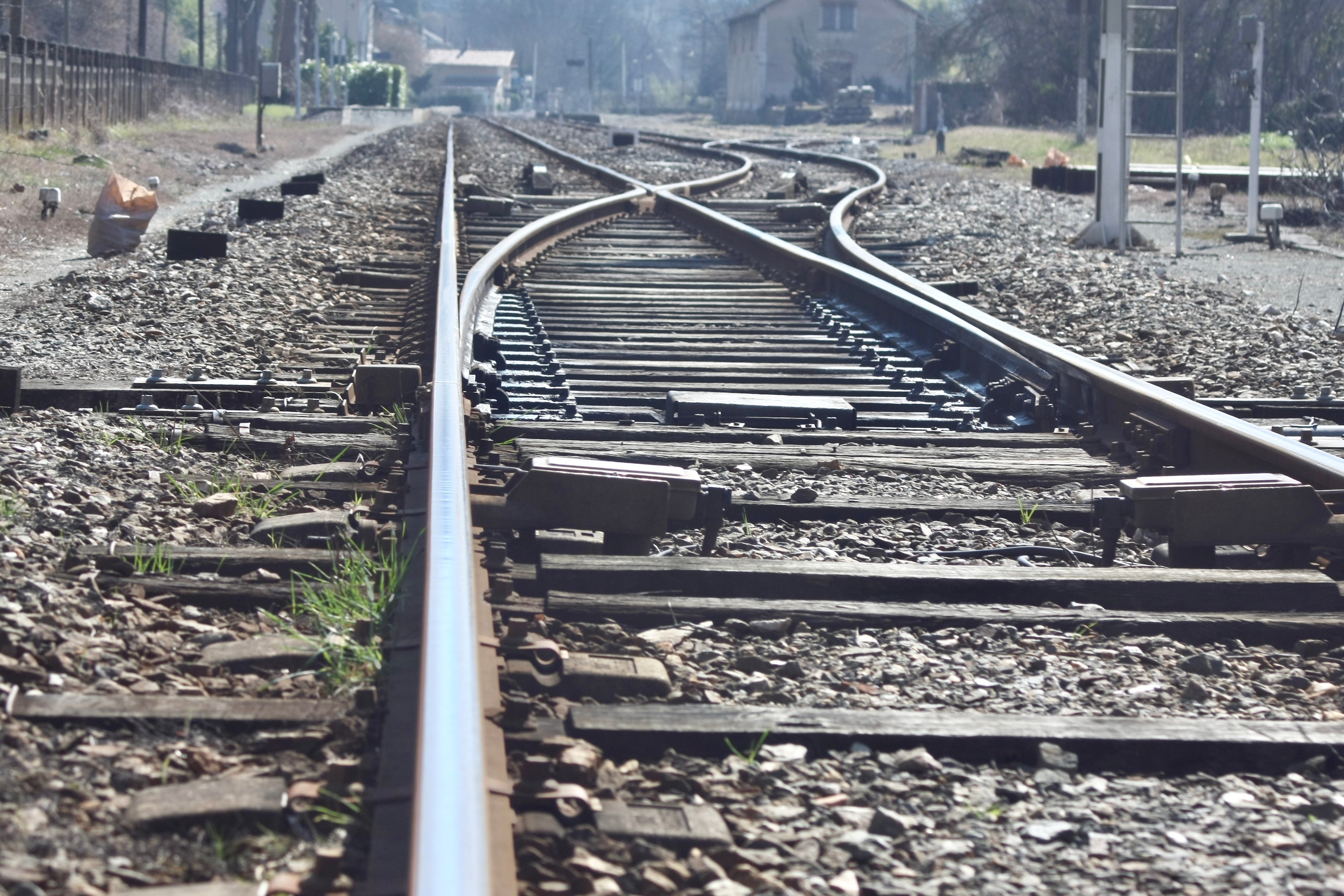Europe’s most exciting new train journeys
Train talk: There are plenty of reasons to be cheerful about exploring the continent by rail in 2022

Your support helps us to tell the story
From reproductive rights to climate change to Big Tech, The Independent is on the ground when the story is developing. Whether it's investigating the financials of Elon Musk's pro-Trump PAC or producing our latest documentary, 'The A Word', which shines a light on the American women fighting for reproductive rights, we know how important it is to parse out the facts from the messaging.
At such a critical moment in US history, we need reporters on the ground. Your donation allows us to keep sending journalists to speak to both sides of the story.
The Independent is trusted by Americans across the entire political spectrum. And unlike many other quality news outlets, we choose not to lock Americans out of our reporting and analysis with paywalls. We believe quality journalism should be available to everyone, paid for by those who can afford it.
Your support makes all the difference.There may be a more enthralling way to explore Europe than by rail, but I’m darned if I know what it might be. On a train you thread your way through a patchwork of landscape, across rivers great and small, past nameless towns and magnificent cities, gliding past cathedrals and castles, over the hills and far away in the company of like-minded travellers.
So January is the ideal time to plan your next rail adventure in Europe.
Now, as I write on Tuesday afternoon, even trying to cross the Channel is likely to hit the buffers. The most obvious international rail destination for British travellers, France, is closed to arrivals from the UK.
But changes are afoot to remove this futile and absurd travel ban for fully vaccinated visitors. With rules set to ease across the Continent, I asked the experts what they are most excited about when it comes to rail travel in Europe in 2022.
No doubt about the top choice: Trenitalia’s new Frecciarossa service from Paris to Turin and Milan, which started a month ago. This high-speed train (Frecciarossa means “Red Arrow”) from Italian State Railways competes directly with SNCF’s existing TGV service.
It was nominated by Susanne Kries and Nicky Gardner, editors of Hidden Europe magazine as well as Mark Smith, the international rail guru known as The Man in Seat 61.
Experience in Italy shows that when express trains compete, the passenger is the winner. Mark commends: “Executive class super-seats with complimentary food and prosecco as you head through the Alps to Italy.”
Susanne and Nicky say it is “especially lovely to see the Frecciarossa train stopping at Lyon Part Dieu, so now competing head to head with SNCF TGVs on France’s busiest business route from Lyon to Paris”.
Sleeper services are high on the agenda: a new Nightjet train from Paris to Salzburg and Vienna, as well as the planned European Sleeper/Regiojet night train due to start this summer from Brussels and Amsterdam to Berlin, Dresden and Prague. Mark points out they are “ideal for travel from the UK connecting with Eurostar in Paris or Brussels”.
Those brand names might seem unfamiliar. Nightjet is the Austrian Railways enterprise that set about reversing the decline of sleeper trains, while Regiojet is a Czech operation and European Sleeper a Dutch start-up.
I detect welcome resonances of the early days of the “no frills” revolution in European aviation, where competition cut prices and vastly expanded opportunities.
Over at the offices of the European Rail Timetable, Reuben Turner picks up the theme, citing Railcoop, a French “open access” operator with plans to run from Bordeaux to Lyon from December, and Iryo of Spain. Like our own London to Edinburgh Lumo service, Iryo is a silly four-letter brand offering more competition between two great cities: in this case Barcelona and Madrid using Italian high-speed stock.
SNCF is no slacker at innovating and is soon to launch Ouigo Vitesse Classique. And what’s that? A back-to-the-20th-century offering of traditional French rolling stock on links from Paris to Lyon on the old route via Dijon, as well as from the French capital to Nantes on the Atlantic coast via either Tours or Le Mans.
The idea is that you trade high speed for a cheaper ticket – a maximum of €30 (£25) even for a last-minute booking – and stay on the rails rather than being tempted by the new wave of bus operators, notably FlixBus.
Reuben’s scheduling colleague, John Potter, points out that the Spanish are continuing to extend what is now Europe’s most extensive high-speed network, with the stretch in Extremadura – southwest of Madrid – set to open between Plasencia and Merida later this year.
Prize for the most niche plan for 2022 goes to Susanne and Nicky: visiting the central Austrian town of Bruck an der Mur “to ascertain whether anyone there actually realises that, for a town of only modest size (around 15,000), theirs is the best rail-connected small town in Europe?”.
And from there it’s only a short hop for a new, direct overnight train from Vienna to Cluj-Napoca in Romania. “Perfect for Bram Stoker Dracula fans,” say the Hidden Europe pair.
Join our commenting forum
Join thought-provoking conversations, follow other Independent readers and see their replies
Comments